Power tools are noisy. They can be unpleasant to listen to at best, and at worst they can lead to permanent hearing loss. My hearing has always been pretty good, and I find loud noises painful, so I always put on hearing protectors before I fire up a table saw, bandsaw, shop vac, router, sander, or any other noisy power tool. While foam plugs have good ratings, reducing the sound by 29 to 32 dB, they take time to insert in the ear canals. Muffs are more convenient to put on a moment before I turn on a machine.
For many years I’ve been using AO Safety WorkTunes muffs with a 22 dB noise reduction rating and a built-in AM/FM radio. They have worked well, but they were getting rather beat-up, and I finally got fed up with the painfully loud squeal of the low-battery warning signal.
The 3M WorkTunes have been a pleasing upgrade from my old muffs. They have a 24-dB noise reduction rating and comfortable pads that provide a good seal around my ears. The headband has a soft pad at the top; it’s removable, a nice feature if you like to wear a baseball cap and don’t want that button on top pressed against your skull. The left cup houses the two AA batteries that power the unit. There is an optional lithium-ion battery pack that can be recharged while installed in the WorkTunes by way of a common micro-USB cable.
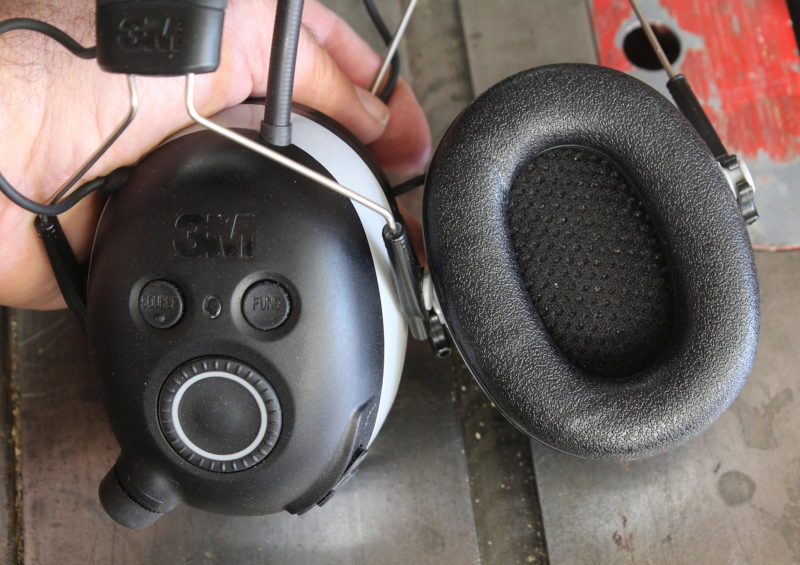 Photographs by the author
Photographs by the authorThe controls on the WorkTunes are easy to operate by touch. An instruction booklet details all of their functions. The cushions are soft and make a good seal around the ears.
The right cup has a power button that turns the muffs on and off when held for two seconds. Twisted, it controls the volume. When the noise of the tool is loud, the volume in the stereo WorkTunes speakers can be cranked up, but built-in software will protect your hearing by turning the volume down if it is kept too high for too long.
There are also two small buttons on the right side: source and function. The source button makes selection between AM radio, FM radio, Bluetooth, and Line-in. It also controls the music equalizer settings of Flat, Pop, and Rock. The function button will save and recall radio stations and pair Bluetooth devices. A large dial below the button tunes into radio stations; stops, starts, and scrolls through YouTube videos on Bluetooth; and answers, rejects, and disconnects telephone calls.
With each function of WorkTunes a woman’s voice announces the selection. It’s a great improvement over my old muffs’ eardrum-piercing signal.
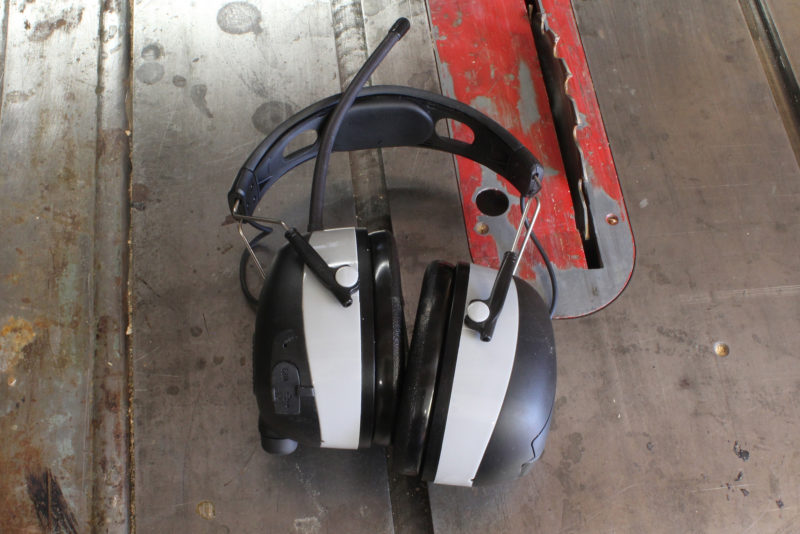
A rubber cover at the left protects the USB ports for charging the optional lithium-ion battery pack and for a four-pole stereo audio cable.
The WorkTune’s sound attenuation in the workshop takes care of all my loudest power tools and yet I can still hear someone speaking in a normal voice. The fit is comfortable, and I could wear the muffs for a long spell of power-tool use. The sound quality of the integral radio is good, although if the FM is in stereo, I find it hard to distinguish separate sounds coming from left and right. With Bluetooth, YouTube music videos playing on my smartphone have obvious and excellent stereo sound. The WorkTunes can be up to 25′ away from the Bluetooth signal source; beyond that, the signal breaks up. That’s enough to give me free range in my shop.
If a phone call comes in on my smartphone while I have the Bluetooth connection on, I’ll hear the ring tone and I can answer with a press of the tuning dial. I can hear the callers clearly enough, but I come across to them echoey and distorted and the sound of my own voice is muffled. Of course, I’d often be wearing the muffs when making noise in the shop, and that background noise would only make matters worse. The most important thing is hearing a call come in and being able to pick it up. Then I can tell the caller to hold on a second while I shut down the machinery and use the phone normally.
The WorkTunes hearing protectors will see a lot of use in my shop and will almost certainly be at the top of my list of most-used tools. My hearing is good enough to hear a straight pin drop on a rug at ten paces and I intend to keep it that way.![]()
Christopher Cunningham is the editor of Small Boats Magazine.
The WorkTunes hearing protector is available from many hardware stores and online retailers. The unit here was purchased through the 3M Store on Amazon for $69.95.
Is there a product that might be useful for boatbuilding, cruising, or shore-side camping that you’d like us to review? Please email your suggestions.




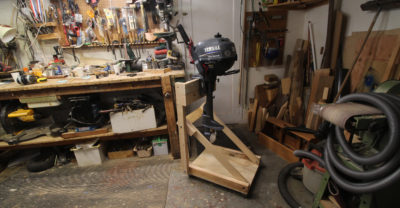

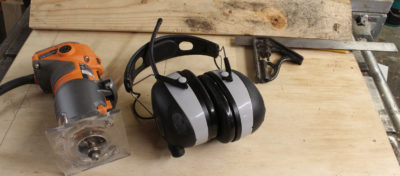

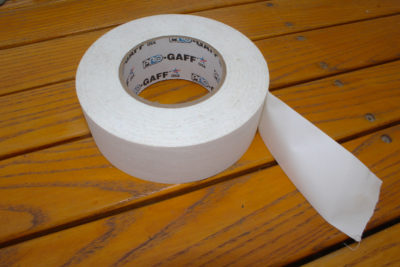
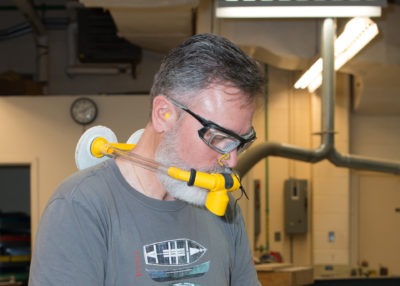
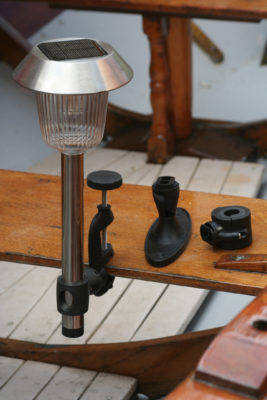

I’ve owned a pair of these for a couple of years. All of the things Mr. Cunningham has said reflect my experiences with them. I would like to add some additional feedback about a few things that could use improvement or things to watch out for.
The large rotating dial that selects stations, etc. is easily bumped when you reach overhead; my shoulder will knock it and change stations or skip through podcasts. This is a bit annoying. My solution was to put some painter’s tape on it. Another minor peeve is that when the battery gets low you are reminded every two or three minutes. In practice, I’ve found I often have an hour or more remaining with a low battery so the persistent warning is a bit alarmist for such a low-stakes concern.
Finally, small parts come off this thing right away. The small foam piece at the top center of the headband popped right out and doesn’t like to stay put. Might be a boon if you wear a ball cap because the small button on your hat gets pushed into your head by it. The little rubber plug that covers the USB port fell right out and is god knows where. Probably deep in the bowels of my dust-collection system. The wire that connects the two speakers has pulled out of its strain relief grommet and the two strands are exposed. Just a matter of time before they are damaged.
Despite those deficiencies, which I think are objectionable on a $70 pair of headphones, my overall experience with the has been positive, especially since they drown out the numerous radios playing different stations on the jobsite where I work.